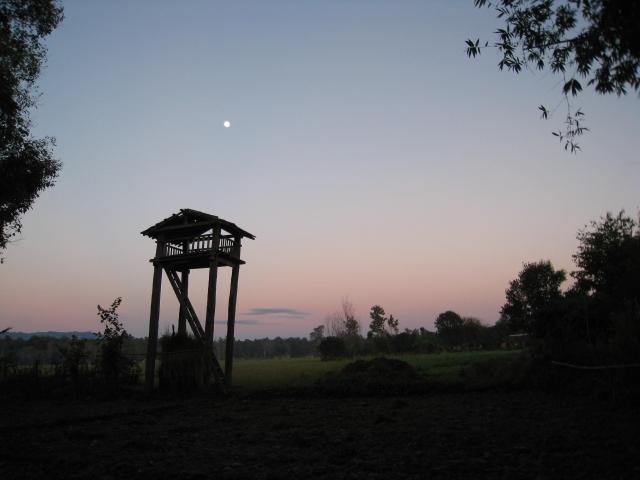Posted 01/16/14
Management effectiveness of protected areas is dependent on the actions of people living in close proximity to their borders. Thus, gaining insights into people's attitudes toward protected areas, both positive and negative, is integral for conservation efforts. However, understanding and summarizing attitudes across large spatial scales can be difficult. Teri Allendorf, Nick Keuler, and Volker Radeloff are seeking to understand if spatial scale matters in understanding people's attitudes toward protected areas, and if this information can be used to tailor conservation planning and management strategies.

Rules, regulations, and management practices that occur within protected areas, as well as potential opportunities and benefits provided by them, can vastly affect the opinion of the people living near these protected areas. Researcher Dr. Teri Allendorf has been tackling this issue, using data from Nepal and Myanmar (Burma), trying to understand how peoples’ attitudes toward protected areas can influence the effectiveness of the protected areas themselves. People living close to protected areas have positive and negative perceptions of those protected areas, and these opinions can affect people’s actions and influence if management strategies are effective or not. But how does one tease apart the variability inherent in people’s opinions in order to make sound conservation decisions?By considering at what spatial scale different perceptions are affected most, Dr. Allendorf hopes to uncover patterns in people’s perceptions that could facilitate more focused conservation efforts. Using survey data (see https://russell-silvis.dev.webhosting.cals.wisc.edu/research/story/Park-people-relationships-are-we-using-glass-half-empty-approach), Dr. Allendorf first identified how protected areas were perceived by individuals within villages, and then assessed opinions at the village, protected area, and country scale. Teri Allendorf and Nick Keuler wanted to identify which spatial scales had the largest amount of variability in perceptions of protected areas, and within what context. Essentially, understanding if people feel the same about protected areas overall or if it varies from village to village could be a key step in improving conservation goals in these regions.What they found was that different perceptions seem to be affected by dynamics at different spatial scales. For example, at the country level, only people in Nepal perceived recreation benefits, such as taking picnics in the protected areas. This may highlight cultural differences between the two countries, and identifies the potential opportunity for public education on recreational opportunities that protected areas offer.

Perceptions of management benefits and problems differed the most between protected areas. This may reflect how the role of management interactions with local communities are important, and stresses the need for the training of protected area managers in public relations and increase in extension positions for community outreach.Perceptions of extraction problems and conservation benefits varied most at the village level, indicating that village-level dynamics greatly affected these perceptions. Perceptions of conflicts with wildlife also varied most at the village scale, indicating that human-wildlife conflict is very place-specific, depending, for example, on where in a protected area wildlife are located.The information from their study can be used to help to identify better management strategies and planning initiatives for the future. What it boils down to is that people matter for conservation, but management actions to improve the relationship will be more effective if we understand the dynamics that drive people’s relationship with protected areas. This information can be used to help make management practices were more effective.”
Story by Brooke Bateman
